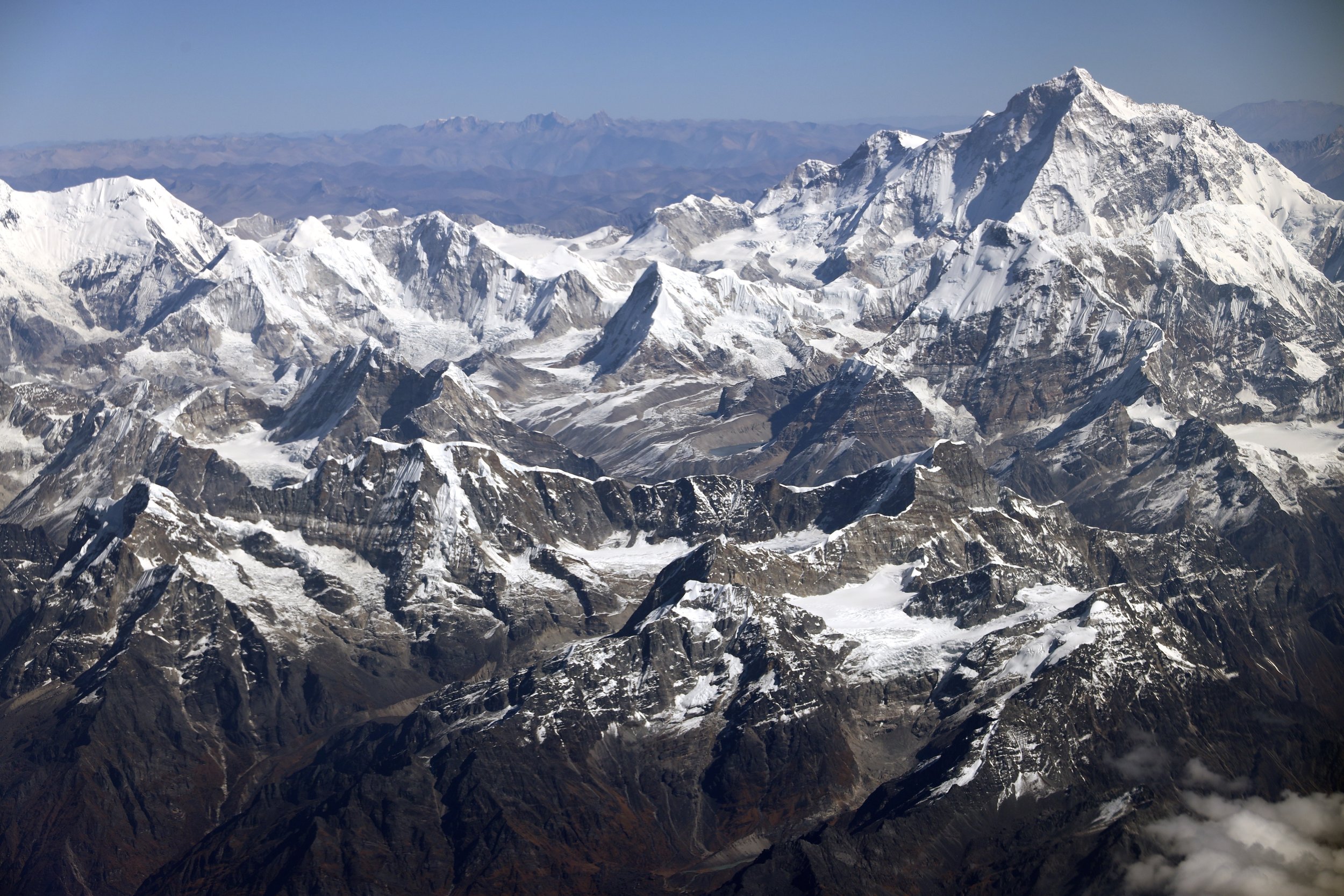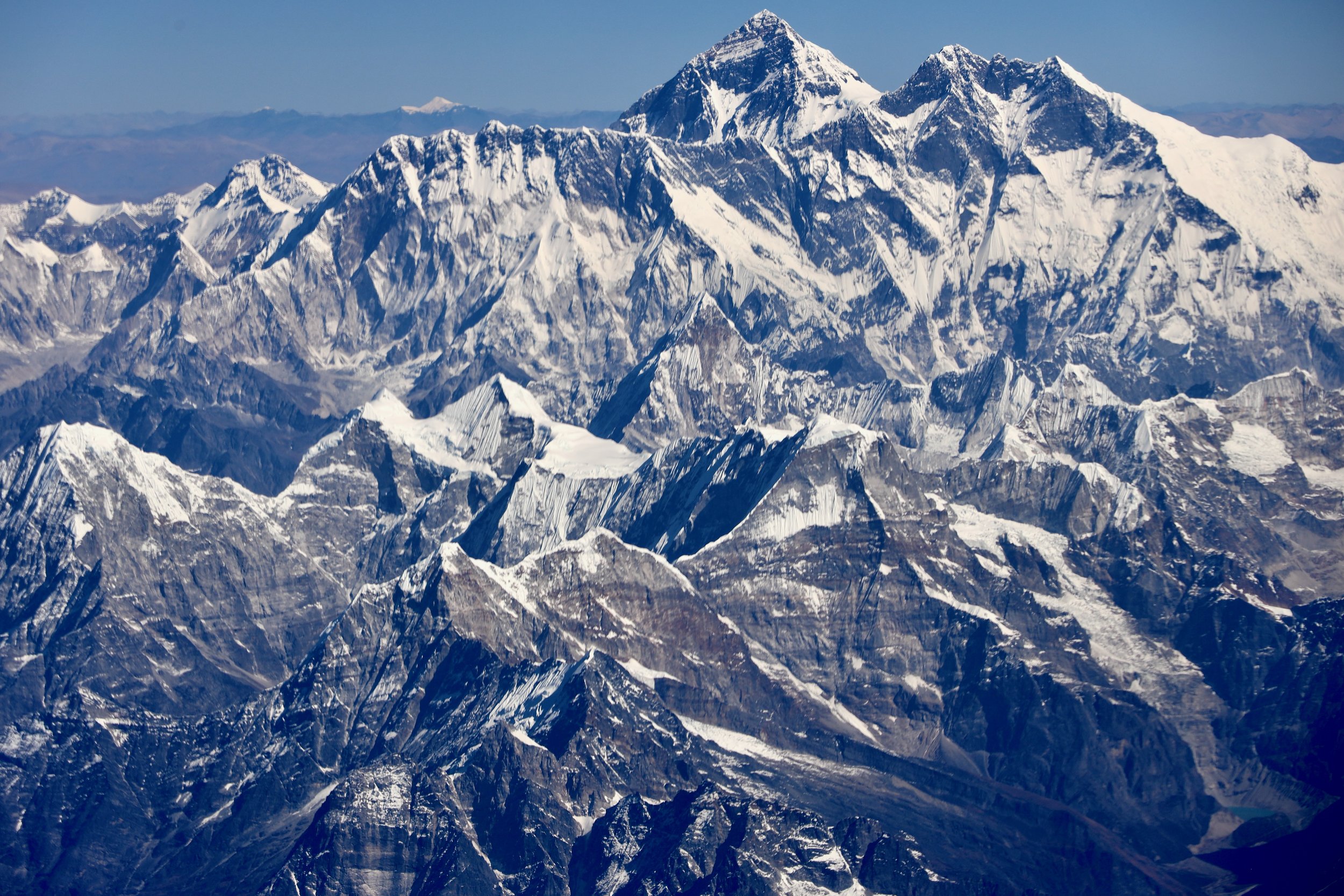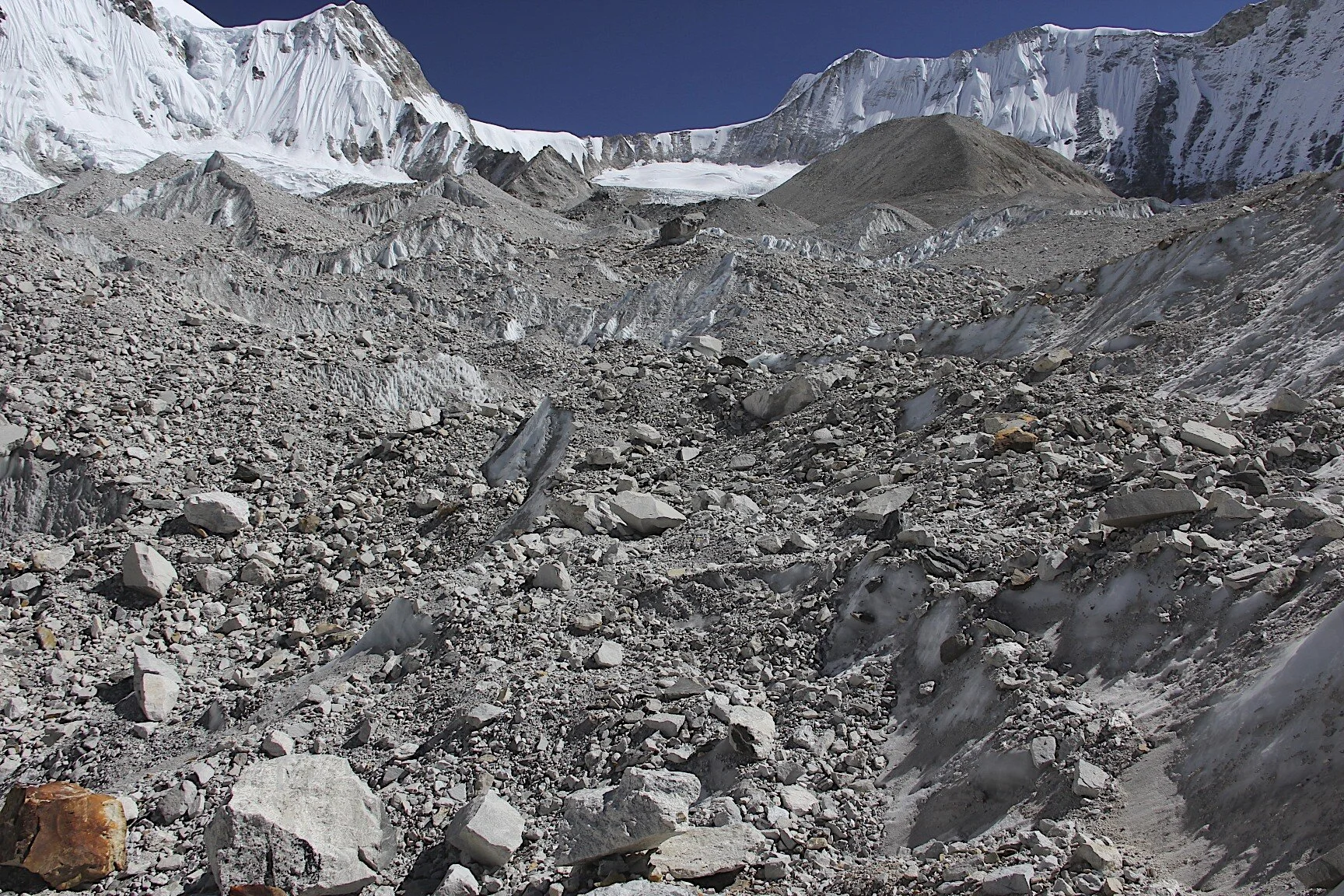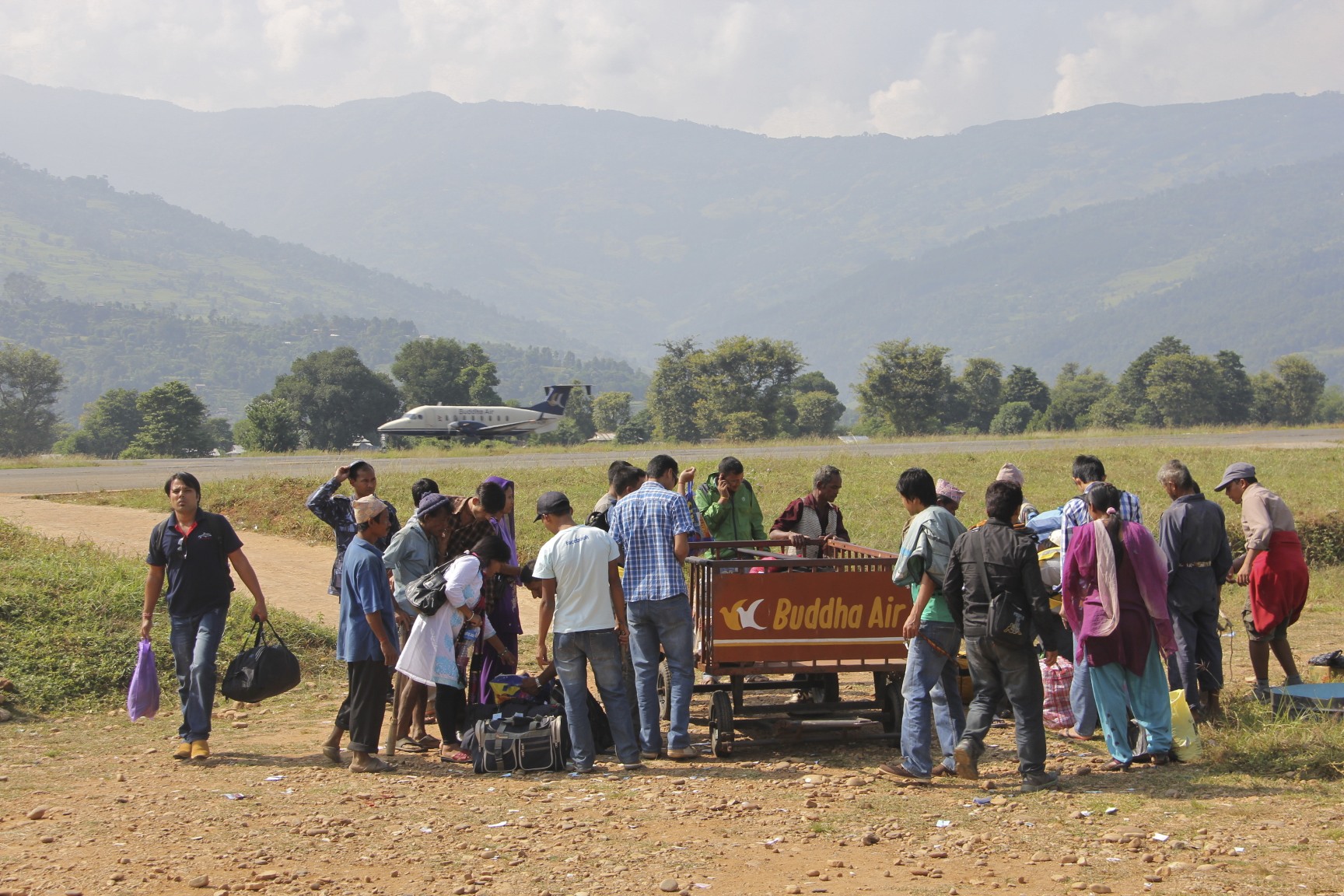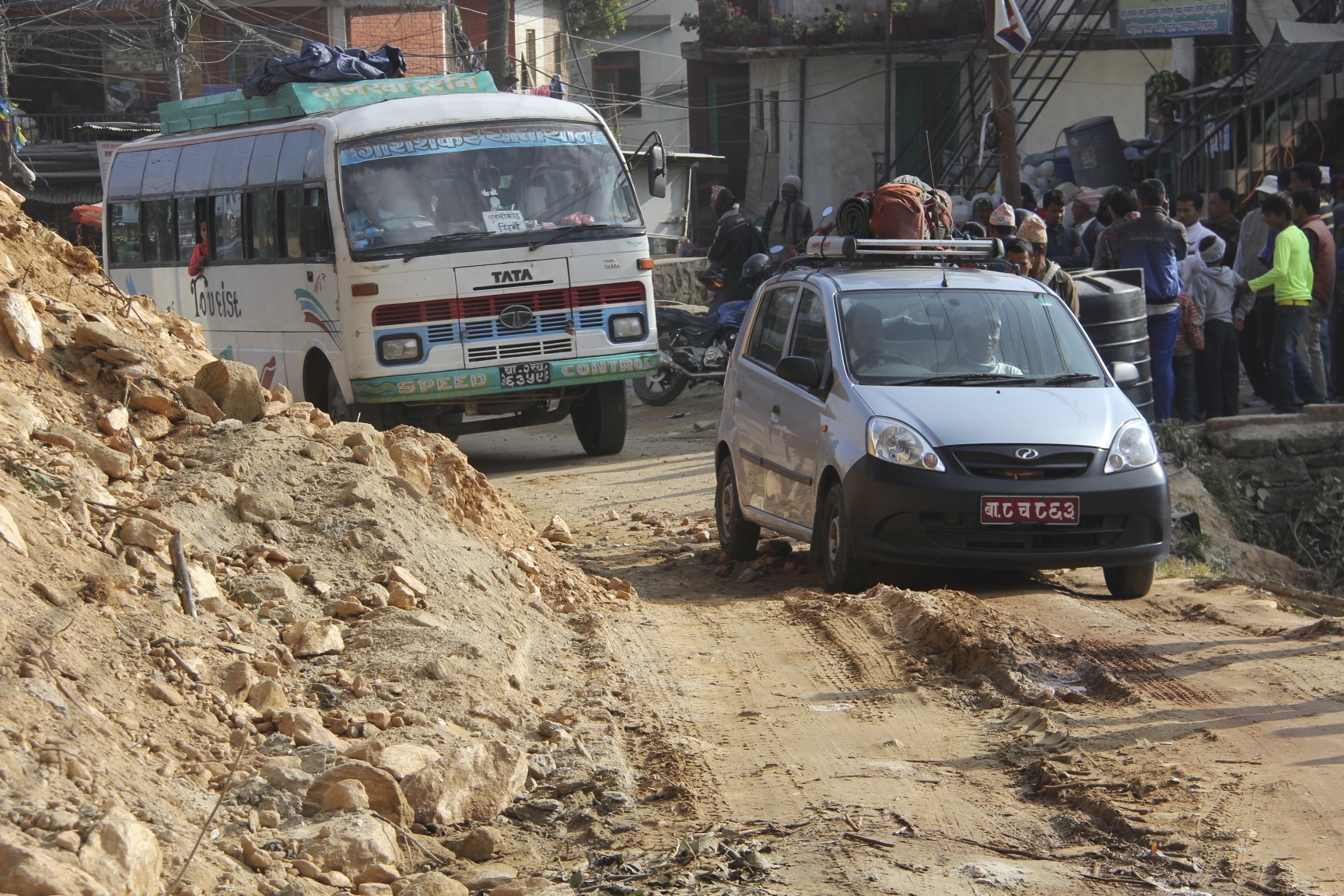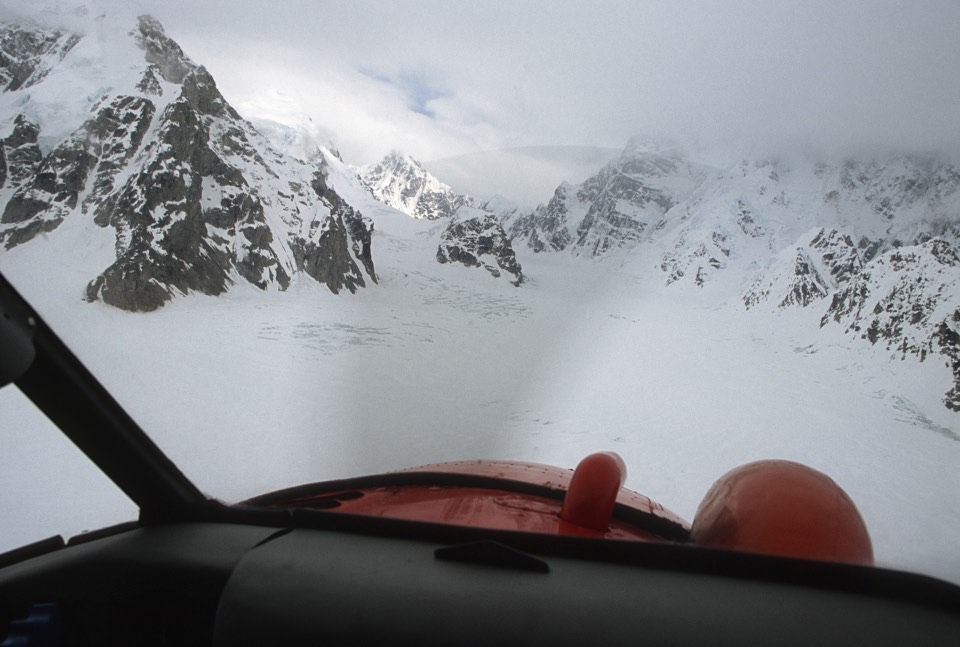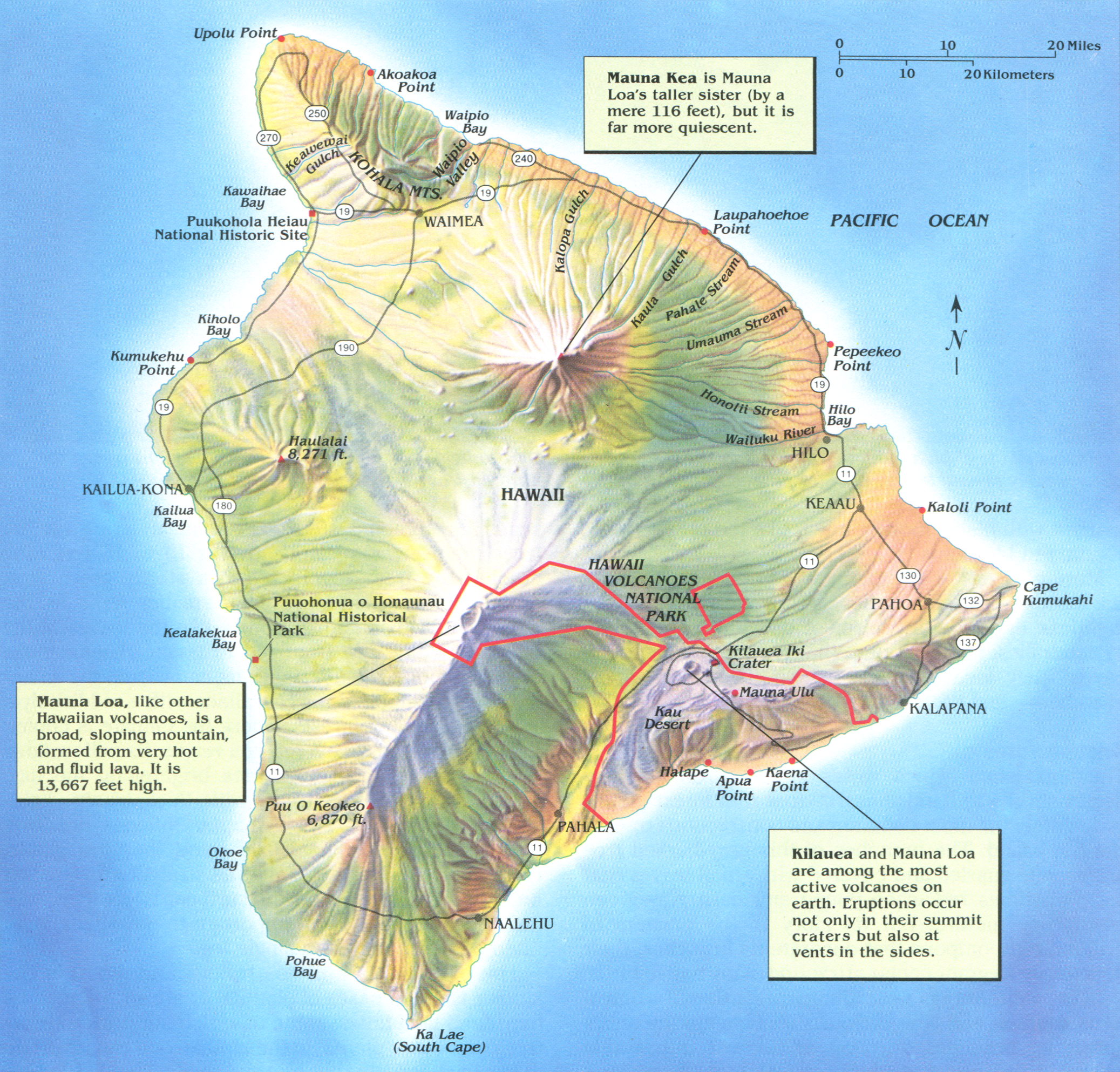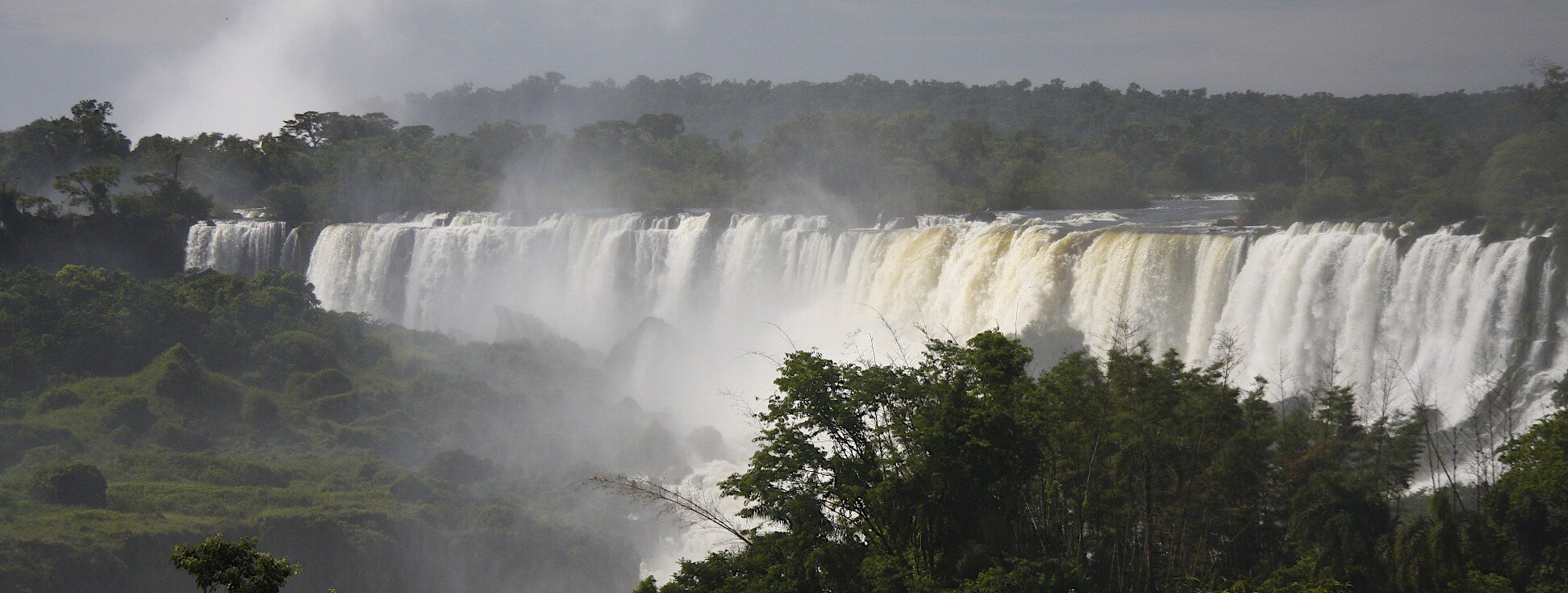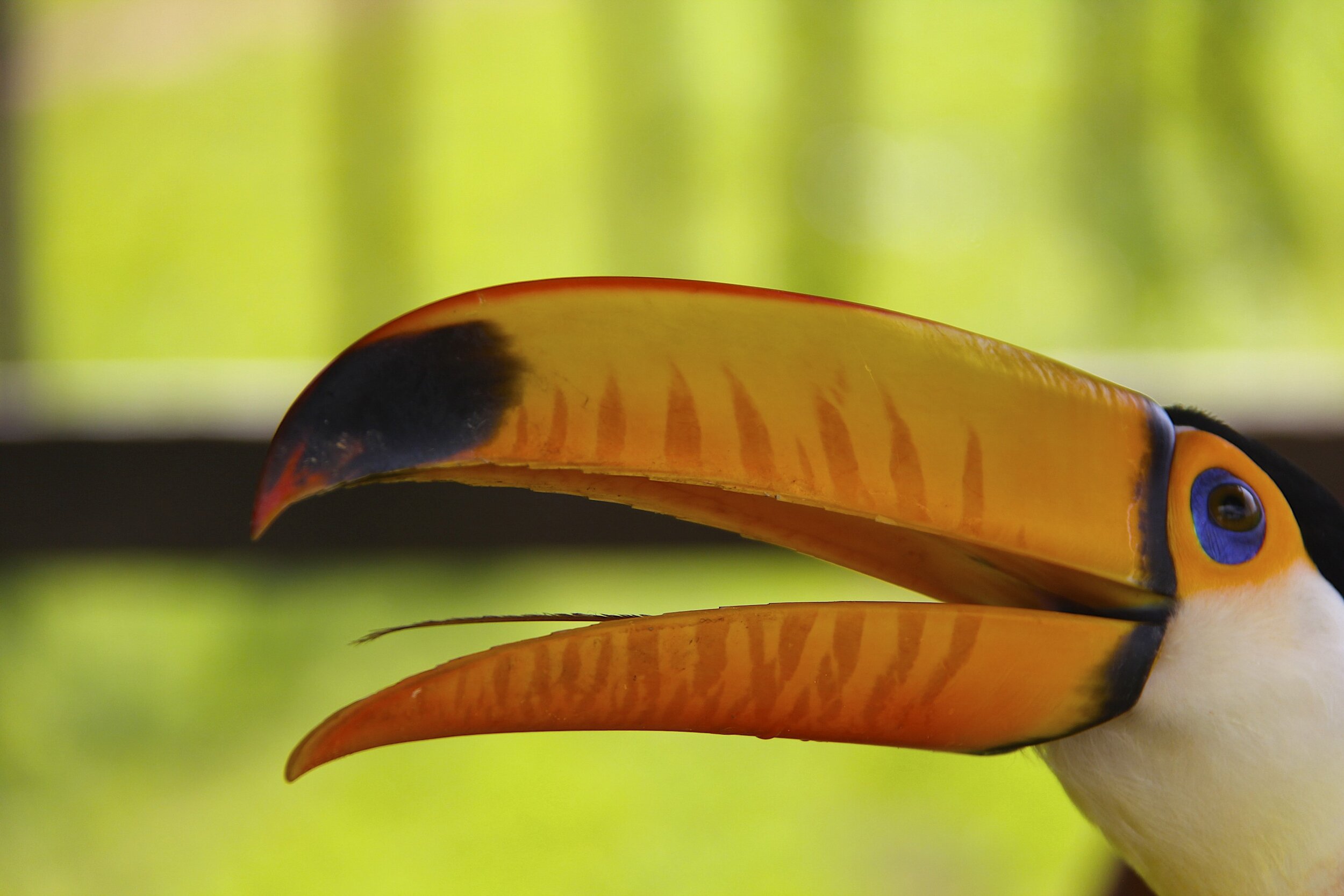Thanks to Rajendra from www.mountainsunvalley.com for making this grand adventure a reality! It was the toughest trek in Nepal. It went without any problems and we finished it in less time than we planned.
The Barun Valley from space. Makalu bc is in the lower centre of the photo.
Photo of the Khumbu from space. Sherpani Co, West Col are in the lower right of the photo. Amphu Labtsa Pass is int he centre.
Makalu and Chamlang
Makalu
Everest and Ama Dablam
Everest, Amphu Labtsa Pass
The West Col area, Hinku Valley
Sherpani Col, Baruntse, Makalu
The end of the road, we walk from here
Arun River
Sunrise over Kangchendzonga
Shiphton Pass that we have to cross. The Barun Valley is on the other side of the rocky ridge on the horizon.
The peaks signing up the Barun Valley. The valley is referred to as the Yosemite of Nepal because of its steep granite rock walls.
Shipton Pass and our first view of Makalu
Chamlang
To of Shipton Pass
High pass (over 4,000m) in very cold wind and snow just before the Barun River Valley
In the Barun Valley in Yangre Kharka
Barun River
Brun River Valley
The husband and his wife in this photo were looking after a small herd of goats. They lived alone at 4,500m and a four day walk from nearest village. They were both in their 80s. Amazingly, their daughter lives in Boston, USA. They called her from my satellite phone while we were there.
Staying at the friendly farmer’s house.
Approaching Makalu BC, Chamlang
Mt. Chamlang and Lower Barun Glacier
Chamlang and satellite peak of Baruntse on the right
Lower Barun Glacier Icefall
Lower Barun Glacier
Chamlang
Makalu
Chamlang
Makalu
Makalu BC, the proper BC is further up the glacier
Makalu BC
Makalu
Makalu
Makalu
Makalu
Makalu
Sunset on Makalu
Juan going home from Makalu BC
Makalu BC
The Barun Glacier, at the head of the glacier is Lhotse Shar and the Lhotse/Everest massif. The top of Baruntse is visible on the left.
Lhotse, Everest and Barun Glacier
Lhotse Shar and Lhotse
From left to right: Lhotse, Lhotse Shar, Everest
Sandy camp en route to Sherpani Col
Sandy camp
Lhotse/Everest massif from the Sandy camp
Makalu and the Barun glacier on the way from Sandy Camp to Sherpani Col BC
Everest
Sherpani Col BC
Sherpani Col camp and Makalu The prominent West Rib is in the centre
Sherpani Col BC
Sherpani Col BC and the snout of the glacier that we need to ascend to get to the pass.
Approaching Sherpani Col.
Sherpani Col ahead. At 6,000m
Sherpani Col - a small rock climb at 6,100m
Climb to Sherpani Col
The narrow rib of Sherpani Col early in the morning.
The actual elevation is 100m higher.
On the Sherpani Col.
The narrow Sherpani Col and Baruntse.
West Col from the Sherpani Col. The snow/ice plateau is at 6,000m.
Camp 2 for the Baruntse Climb
Peaks of the Khumbu from the Sherpani Col
The snow/ice plateau between Sherpani Col and West Col at 6,000m that we need to cross.
Descent from Sherpani Col
On the ice plateau between Sherpani Col and West Col
Climbing Baruntse
The west rib of Makalu. We are at 6,000m and Makalu is still huge!
Baruntse
The icefall of Barnutse.
Baruntse and the trail to the top - it seems so close (it is not!)
Approaching West Col
Baruntse Camp 2 is now far away.
Baruntse camp 2 at 6,100m
Hinku Valley - Ama Dablam is in the centre.
The massif of Baruntse
The peaks of the Khumbu.
Mt. Menlungtse (looks like a saddle) in Tibet from the West Col.
Looking down from the West Col Pass at 6,150m. Descending from the West Col with a spectacular panorama of high Himalaya. You can even see Shishapagma on the extreme right in the far distance.
Descent from West Col at 6,150m.
The peaks of the Khumbu.
Looking back at Makalu from the West Col.
Descending from the West Col on fixed ropes.
Descending from the West Col. Hinku Valley is below.
The west wall of Mt. Baruntse
Ama Dablam
Ama Dablam
My altimeter recorded the height of the West Col. It is in fact a little bit higher. It took us around 4 hours to get from Sherpani Col to the West Col.
The rocky descent from the West Col from 6,150m to 5,900m
Looking back at the descent slope from the West Col.
Hiking to the Hinku Valley and the Baruntse BC.
Looking back at West Col
Baruntse basecamp at around 5,400m. The West Col is now far in the distance.
Mt. Baruntse from the Baruntse BC
Baruntse
Baruntse
En route from Baruntse BC to Amphu Labtsa Pass camp. The wall of Mt. Baruntse.
Mt. Baruntse
Mt. Chamlang
Chamlang on the left and Hinku valley in the centre.
Ascending to Amphu Labtsa pass
Ascending to Amphu Labtsa Pass
The south face of Lhotse with Mt. Everest peaking from behind the ridge.
Looking back at Chamlang and the Hinku Valley from Amphu Labtsa Pass.
On Amphu Labtsa Pass. The massive south face of Lhotse looms behind us.
Very steep descent from Amphu Labtsa Pass with Lhotse South wall dominating the skyline.
Very steep descent from Amphu Labtsa Pass 5,900m. It was quite unnerving looking down, almost vertical wall, all the way to the glacier below.
Looking down from Amphu Labtsa Pass, 5,900m.
Photo by Ryszard Pawlowski showing the route between West Col and Amphu Labtsa
Amphu Labtsa from the north
Lhotse and Island Peak
Lhotse and Island Peak
Baruntse from the West
Mt. Cholatse
Mt. Cholatese, Mt. Cho Oyu (in the distance right of centre) and Lhotse massif on the right.
Summit of Lhotse with some wicked wind.
South side of Lhotse
The memorial to the Polish climbers who died on Lhotse in the 1980s.
Pheriche village and Mt. Cholatse.
Ama Dablam from Pheriche
Ama Dablam
En route to Namche Bazar with Ama Dablam behind.
Nuptse, Lhotse and Mt. Everest from Tangboche Monastery
Nuptse, Mount Everest (behind the ridge) and Lhotse (on the right). Notice the strong wind blowing across Mt,. Everest’s summit.
Namche Bazar and the valley leading to Renjo La Pass and Rowaling
Quick way home! An old Soviet Mi 8 cargo helicopter. The pilots make extra cash by taking people to the road head from the Khumbu.









